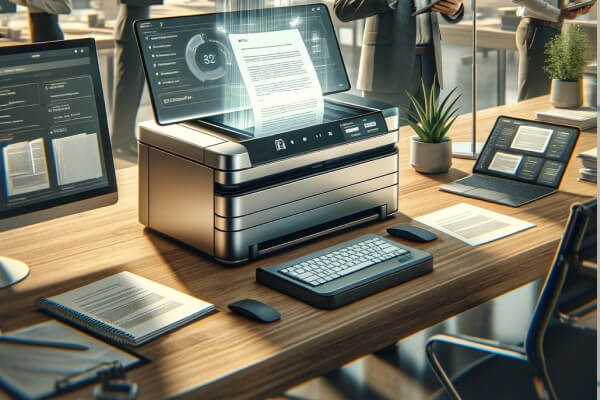Data security is a big challenge for businesses. Cyberattacks are only getting more sophisticated, and if businesses fail to defend against them, it could result in thousands of dollars in data loss, fines, and loss of brand reputation.
Cutting-edge document management systems (DMS) software like PairSoft helps you secure your most sensitive files by storing them in geo-redundant, fully encrypted offsite servers. It also provides features like audit trails, access management, version control, and advanced threat prevention. But simply implementing DMS software does not guarantee the security of your documents. The greatest threat to your files is actually the people using them.
Phishing attacks
Hackers know it’s much easier to steal your files by targeting careless employees. The most common method is with a phishing attack, a type of scam that involves sending fraudulent emails to trick users into clicking a dangerous link or downloading a malware attachment. Hackers will often masquerade as a bank teller, IT technician, or even a royal family member to persuade their victims, and while these tricks may seem obvious to the trained eye, many people still fall for them.
One slip up is all it takes for a hacker to bypass all the security measures your DMS software has in place for your files. You can avoid these threats with anti-phishing software, but it’s even more important to teach employees to never give away personal information over email and to treat every link and file attachment with extreme caution.
Vulnerable networks
Modern DMS software lets users access files from any location with an internet connection, but that doesn’t mean they should. Free public WiFi networks like the ones in a local coffee shop or airport are usually far less secure than the ones in your office. That’s because anyone, including hackers, can access these networks, monitor user activity, and even intercept files. So, if you have remote employees, tell them to avoid these networks or, at the very least, make sure they’re using more secure 4G connections before accessing the DMS database.
Poor password management
Many users still recycle easy-to-guess passwords like “123456” or “password” across multiple accounts, and chances are your employees could be doing the same for their DMS accounts. Passwords are the first line of defense, which is why your employees should set long, unique passwords for all their accounts.
This not only makes it difficult for hackers to guess employee passwords, but it also prevents them from accessing other services your employees are registered to. DMS software allows you to establish and enforce password setting policies with ease.
For example, you can set a policy that requires employees to set passwords that are at least eight characters long with a combination of upper and lowercase letters, numbers, and symbols. If employees are registered to multiple services, encourage them to install password management software like LastPass so they don’t have to remember hundreds of passwords.
Leftover paper
Your data could also be at risk if employees continue to use paper documents. Paper files can be stolen by outsiders who get into your office. To avoid this, your employees should make it a habit to dispose of sensitive files after they’ve digitized and stored it on the DMS database.
There’s no denying that comprehensive security training should be a top priority if you want to avoid costly data breaches. For more tips on document management and security best practices, make sure to check our blog. We also provide a cloud-based DMS solution that comes with multiple-layers of security, just sign up for a free demo today to learn more!







